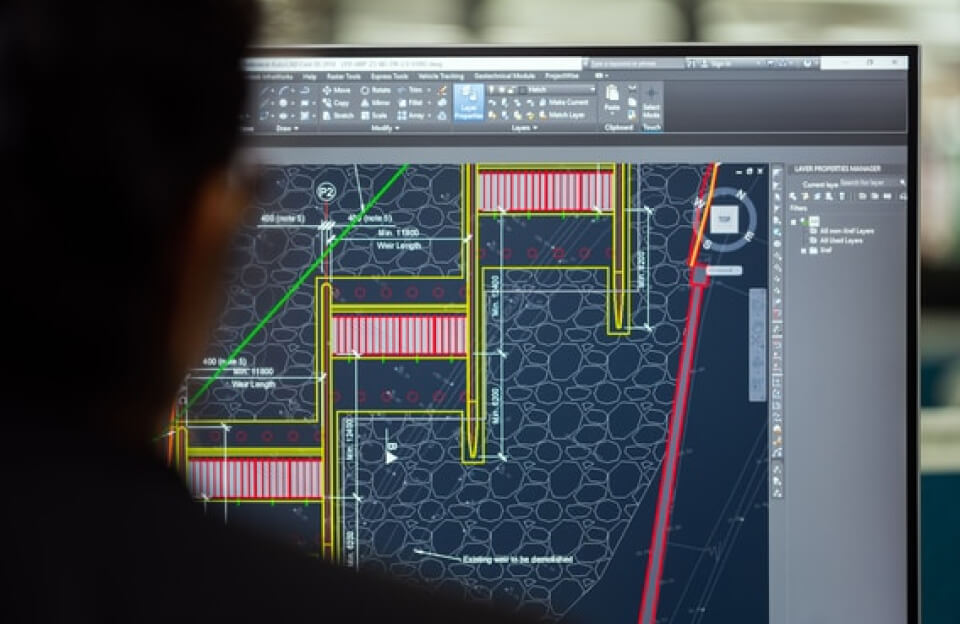🚫 Why You Shouldn’t Walk on Escalators: Science, Safety, and Smarter Design
Escalators are designed to move people efficiently and safely. Yet in many cities around the world, commuters are divided into two groups: those who stand and those who walk up or down the steps—treating escalators like moving staircases.
But here’s the counterintuitive truth: walking on escalators actually reduces overall efficiency, increases safety risks, and causes unnecessary mechanical stress. Whether you’re a city planner, a workplace safety leader, or a frequent traveler, it’s time to stop walking on escalators—and here’s why.
🚶♂️ 1. The Myth of Efficiency: Walking Doesn’t Move More People
Keyword: escalator efficiency, walking vs standing on escalators
Intuitively, walking seems faster. And it is—for the individual. But at the system level, it’s inefficient.
- Studies (notably by Transport for London) found that standing on both sides of the escalator moves more people per minute than splitting space for walkers.
- When people walk, one side is left mostly empty (as few walk), which reduces total throughput.
- A fully occupied escalator, with everyone standing, maximizes capacity.
💡 In terms of flow, standing is smarter than sprinting.
⚠️ 2. Safety First: Escalators Aren’t Built for Walking
Keyword: escalator safety, escalator accidents, walking on escalators
Escalators are not stairs. Their surfaces are:
- Uneven
- Moving
- Often steep
This creates risk, especially in crowded areas:
- 🚨 Over 10,000 escalator-related injuries occur annually in the U.S. alone—many due to trips and falls
- Elderly passengers, children, and those carrying luggage are particularly vulnerable when people push past
- Walking increases liability risks in workplaces, airports, and malls
🛑 Escalators were engineered for passive transport—not for two-speed pedestrian traffic.
🏙️ 3. Urban Planning Proof: What Cities Have Learned
Keyword: escalator design urban planning, public transport escalator usage
Modern transit systems are rethinking escalator etiquette.
- Tokyo and Hong Kong—cities known for efficiency—have run public campaigns encouraging people to stand on both sides
- Some cities even disable walking lanes during rush hours to keep the flow consistent
- When everyone stands, boarding and exiting become smoother and safer
🧠 Efficiency isn’t about speed. It’s about flow—and flow comes from cooperation, not competition.
🛠️ 4. Engineering Stress: You’re Wearing It Down
Keyword: escalator maintenance, escalator mechanical stress
Escalators are precision machines. Walking on them:
- Causes uneven wear on the step chains and motors
- Adds dynamic pressure from footfalls
- Increases the chance of mechanical failures and shutdowns
The result? Higher maintenance costs, more downtime, and avoidable delays—especially in commercial buildings and transport hubs.
⚙️ Just like elevators, escalators have usage parameters. Walking is not part of the design spec.
📈 5. What Leaders Should Do: Culture Starts at the Top
If you’re an executive, facility manager, or city official, escalator behavior is not just etiquette—it’s efficiency, safety, and cost control.
- ✅ Post signage: “Stand on both sides for faster service”
- ✅ Educate teams: Especially in offices, airports, and hospitals
- ✅ Lead by example: Culture changes when leaders walk the talk—or in this case, stand still for it


